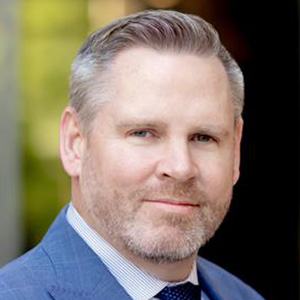Five timeless principles for investing success
While investing in volatile times can sometimes challenge your discipline and commitment, there are timeless principles to include in your investment strategy that can help ease your mind and keep you focused on the long term.

1 Think diversification
It’s rare for any investment to repeat as a top performer from one year to the next. Diversifying across various economies, businesses, countries, and popular investment classes can help spread risk, remain more consistent, and reduce the potential for underperforming assets to impact your portfolio.
Historical asset class rotation, 2013–2023
Calendar year total returns by class assets (%)
Source: Manulife Investment Management, Bloomberg, as of December 31, 2023. Total returns are shown in local currency or in USD for multimarket indexes.
2 Be rational, not emotional
In good times, investors are excited, they want to invest more and often “buy high.”
When markets turn negative, investors become fearful and decide to cut their losses and “sell low."
Stay disciplined and committed to your long-term investment plan to avoid riding the emotional roller coaster.
An investor’s emotional roller coaster
3 Missed days mean missed opportunities
The difference between investment success and disappointment can boil down to a few days of being in or out of the markets.
By staying fully invested and not missing the best 20 investment days over the last 20 years, investors would have more than doubled their investments.
Growth of $10,000 in S&P/TSX Composite Total Return Index from 2013–2023
4 Measure performance over time, not overnight
Accept the fact that markets will rise and fall but over time markets have always moved higher.
Taking a long‑term perspective can help you stay the course when markets move from crisis to opportunity and back again.
Despite setbacks, the S&P/TSX Composite Total Return Index shows growth over the long term
Growth of $10,000
5 Turn market volatility to your advantage
By investing a fixed dollar amount in regular intervals dollar cost averaging can help you buy more units of an investment at lower prices and fewer at higher prices.
This helps take the worry out of making a single lump-sum investment at the wrong time.
12-month comparison
$12,000 single lump-sum investment vs. $1,000 monthly investment using dollar cost averaging
Discover how timeless investment principles can help you manage risk through all market conditions and improve your investment results.
Contact your advisor.
Important disclosures
Important disclosures
A rise in interest rates typically causes bond prices to fall. The longer the average maturity of the bonds held by a fund, the more sensitive a fund is likely to be to interest-rate changes. The yield earned by a fund will vary with changes in interest rates.
Currency risk is the risk that fluctuations in exchange rates may adversely affect the value of a fund’s investments.
The opinions expressed are those of Manulife Investment Management, as of the date of this publication, and are subject to change based on market and other conditions. The information and/or analysis contained in this material have been compiled or arrived at from sources believed to be reliable, but Manulife Investment Management does not make any representation as to their accuracy, correctness, usefulness, or completeness and does not accept liability for any loss arising from the use hereof or the information and/or analysis contained herein. Manulife Investment Management disclaims any responsibility to update such information. Neither Manulife Investment Management or its affiliates, nor any of their directors, officers, or employees shall assume any liability or responsibility for any direct or indirect loss or damage or any other consequence of any person acting or not acting in reliance on the information contained herein.
All overviews and commentary are intended to be general in nature and for current interest. While helpful, these overviews are no substitute for professional tax, investment, or legal advice. Clients should seek professional advice for their particular situation. Neither Manulife, Manulife Investment Management Limited, Manulife Investment Management, nor any of their affiliates or representatives is providing tax, investment, or legal advice. Past performance does not guarantee future results. This material was prepared solely for informational purposes, does not constitute an offer or an invitation by or on behalf of Manulife Investment Management to any person to buy or sell any security, and is no indication of trading intent in any fund or account managed by Manulife Investment Management. No investment strategy or risk management technique can guarantee returns or eliminate risk in any market environment. Unless otherwise specified, all data is sourced from Manulife Investment Management.
Manulife, Manulife Investment Management, Stylized M Design, and Manulife Investment Management & Stylized M Design are trademarks of The Manufacturers Life Insurance Company and are used by it, and by its affiliates under license.
3374786

